Snowy owls are large, white owls dapples with sparse black or grey spots. They have been famously portrayed in movies and literature, and Harry Potter’s fictional owl, Hedwig, was a snowy owl. These large, strikingly-colored owls are naturally found in Polar Regions. Read on to learn about the snowy owl.
Description of the Snowy Owl
Living in snowy, polar regions fits these birds perfectly because they blend right in! They have strikingly bright white feathers that are dappled with black or grey, which camouflage perfectly into the snowy tundra. These birds are quite large. Their wingspan can be nearly 5 ft. wide, and they can easily weigh up to 6.5 lbs.! This makes these heavyweight birds the heftiest owl in North America.
Interesting Facts About the Snowy Owl
Snowy owls aren’t just beautiful, they are also incredibly interesting! These birds are superb hunters, dedicated parents, and have a number of unique traits among owls.
- Ground Dwellers – While these owls aren’t fully terrestrial like , snowy owls do nest on the ground. There is not much vegetation in the arctic tundra, so instead of searching for trees these birds simply nest on the ground. Because they are quite large and equipped with a deadly pair of talons, not many predators want to bother a nesting owl.
- Cold Weather Adaptable – Surviving the frigid temperatures in the Arctic Circle is tough, and one way these birds survive is by packing on the feathers. Much of their weight comes from an immense amount of insulating feathers. Snowies weigh twice as much as the tallest owl in North America, the .
- Prey Dependent – When we say these owls love to eat lemmings, we mean it! In a typical day, one bird can easily consume between three and five lemmings. They are so reliant upon these small mammals that their population numbers rise and fall with the lemming population density.
- Snowy Owl, or Sunny Owl? – Unlike many of their cousins, these owls are not nocturnal. Technically speaking, some times of year it would be literally impossible for them to be nocturnal anyway! In the Arctic summer it is light out for 24 hours per day, effectively preventing any animal from being nocturnal.
Habitat of the Snowy Owl
These creatures are highly specialized, and located in a very small subset of habitats. Most of their time is spent in the harsh Arctic tundra. When prey is scarce these birds will migrate, in patterns known as irruptions, to other areas. They have been found in coastal dunes and prairies that are geographically similar to tundra.
Distribution of the Snowy Owl
Snowy owls are found across the entirety of the Circumpolar Regions. Most of their summer is spent north of the 60º latitude line. Their usual range includes the northernmost reaches of Alaska, Canada, and Eurasia.
When food becomes scarce they have been found as far south as the northern United States, Russia, and even China. These birds are also occasionally found on ice floes at sea, suggesting they are comfortable flying over expanses of ocean.
Diet of the Snowy Owl
Lemmings are a fan favorite for this species, and their populations rely heavily on the density of lemmings in their area. Another favored prey species is a species of grouse known as ptarmigan, which breed in their habitat seasonally.
Despite their fondness for certain prey, they are not picky when it comes to survival. These predators have been known to take mice, rats, moles, raccoons, prairie dogs, squirrels, rabbits, ducks, songbirds, seagulls, and more.
Snowy Owl and Human Interaction
The remote location of these birds protects them from much human interaction. Unfortunately, human action still reaches the Arctic Circle. Climate change is causing the animal populations in polar regions to become increasingly unstable. As the global temperatures change, it causes populations of some key species to change drastically.
Domestication
Snowy owls have not been domesticated in any way.
Does the Snowy Owl Make a Good Pet
Owning any species of owl is highly illegal. To own an owl you must have a falconry permit, which requires years of hands-on work with birds of prey, appropriate housing and flying areas, and lots of paperwork.
Snowy Owl Care
In zoos, snowy owls are provided with plenty of flying space to ensure they receive adequate exercise. Though they nest on the ground, they are still provided with perches to fly to. They are sensitive to heat, and are kept in temperature-controlled areas during the summer season to keep them healthy.
During the colder winters they can be brought into presentations and educational programs in open air. Like other owls, their diet consists mainly of (pre-frozen and thawed) rodents and the occasional chick.
Behavior of the Snowy Owl
These predatory birds are solitary, and prefer not to interact with other owls in large numbers. They defend territories, the size of which depends greatly on the amount of prey available. If prey is scarce, the birds must hold a much larger territory to search for food. When there is lots of prey they can hunt in a smaller perimeter and feed themselves and their chicks.
Reproduction of the Snowy Owl
Female snowy owls lay anywhere from 3 – 11 eggs per clutch. They build their nests on the ground, usually on top of a small hill. The female will dig a simple, shallow hole in the ground and lay her eggs. She will incubate the eggs for approximately 5 weeks, and the young are pure white when hatched. Once the chicks are 5 – 7 weeks old they will be ready to fly and fend for themselves.

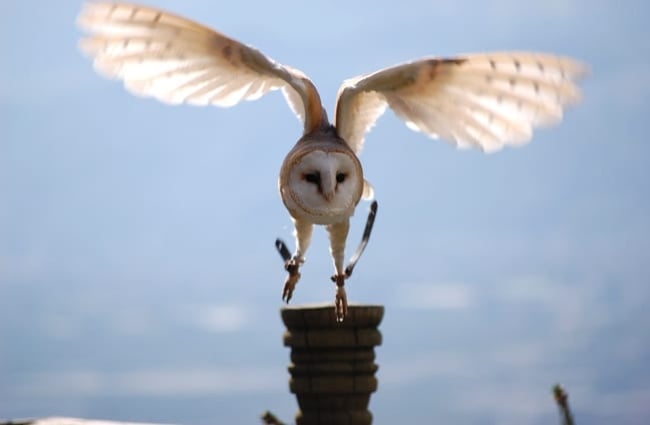



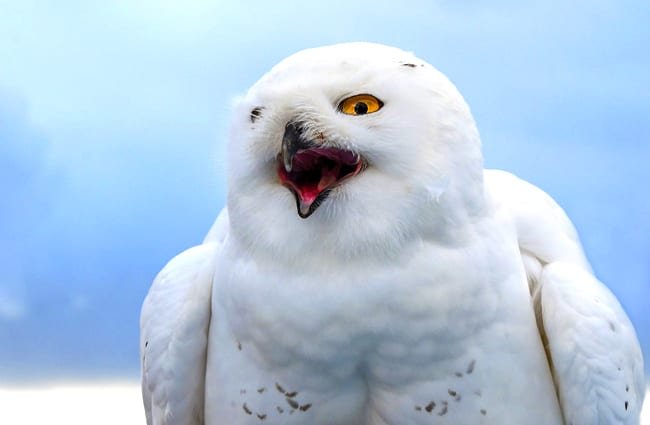
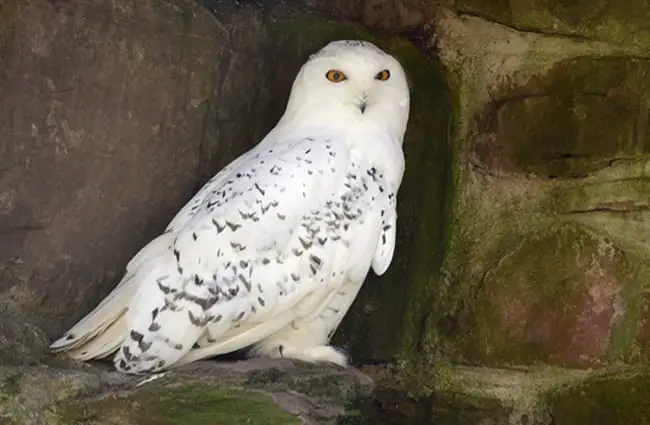

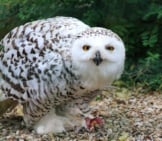

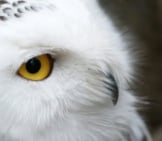
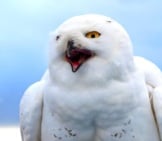

![Red Angus Closeup of a beautiful Red Angus cowPhoto by: U.S. Department of Agriculture [pubic domain]https://creativecommons.org/licenses/by/2.0/](https://animals.net/wp-content/uploads/2020/03/Red-Angus-4-238x178.jpg)


![Red Angus Closeup of a beautiful Red Angus cowPhoto by: U.S. Department of Agriculture [pubic domain]https://creativecommons.org/licenses/by/2.0/](https://animals.net/wp-content/uploads/2020/03/Red-Angus-4-100x75.jpg)

